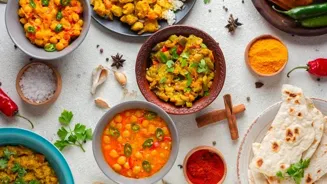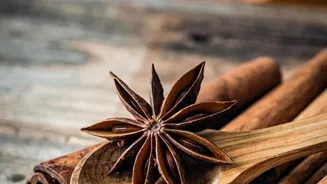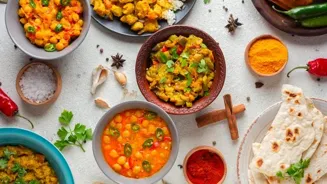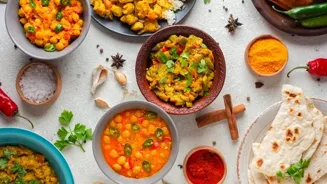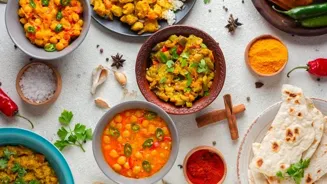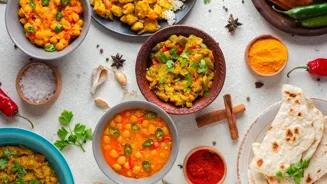Unveiling 10 Surprising Facts About Indian Ingredients! Discover the secrets behind your kitchen staples. Read on to be amazed!
India, a land brimming with vibrant culture, diverse traditions, and of course,
a mind-boggling array of spices and ingredients! We use them every single day, often without giving a second thought to their origins or hidden properties.
But did you know that these everyday heroes of our kitchens hold secrets that might just surprise you? Get ready to have your culinary world turned upside down as we unveil 10 fascinating facts about popular Indian ingredients!
It's time to appreciate the magic in our masalas and understand why these humble ingredients are truly extraordinary.
Turmeric: The Golden Healer with a Royal Secret
Turmeric, or haldi as we lovingly call it, is a staple in every Indian household. Its vibrant yellow color adds warmth to our dals, curries, and even our skincare routines. But here's a little secret: the active component in turmeric, curcumin, wasn't always easily accessible to our bodies.
For centuries, traditional wisdom dictated pairing turmeric with black pepper. Why? Because piperine, found in black pepper, dramatically increases the bioavailability of curcumin, allowing our bodies to absorb and utilize its incredible anti-inflammatory and antioxidant properties.
This ancient practice, passed down through generations, highlights the intricate understanding of food and its impact on health prevalent in Indian traditions. So, next time you sprinkle turmeric, remember to add a pinch of black pepper to unlock its full potential!
Ginger: More Than Just a Flavor Enhancer
Ginger, or adrak, is cherished for its pungent flavor and warming properties. Its rhizome adds a zing to our teas, soups, and even desserts. However, ginger's history goes far beyond just flavoring our food.
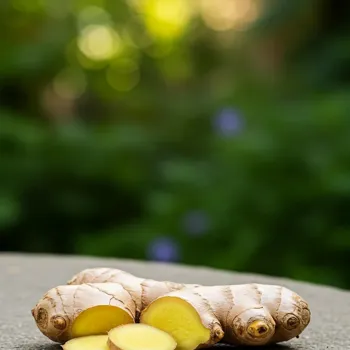
In ancient times, ginger was a highly prized commodity, not just for its culinary uses but also for its medicinal benefits. It travelled along the Silk Road, transforming into a highly sought-after trading commodity.
Ayurvedic practitioners have used ginger for centuries to alleviate nausea, digestive issues, and even cold and flu symptoms. Scientific studies have further validated these traditional uses, showcasing ginger's potent anti-inflammatory and antioxidant properties.
It's a humble ingredient with a rich past and a powerful impact on our health.
Coriander: Cilantro's Secret Identity and Seed Secrets
Coriander, known as dhaniya, is one of the most versatile of ingredients. Coriander is used in two forms, the cilantro leaves as a fresh garnish and the coriander seeds are used as a spice. But did you know that cilantro and coriander are the same plant?
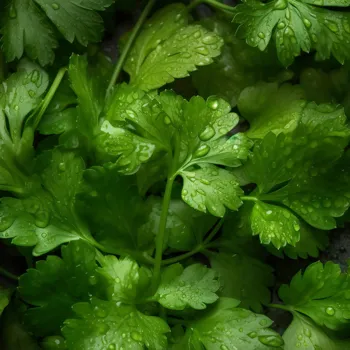
The leaves are known as cilantro, while the dried seeds are known as coriander. The history of coriander is also just as amazing as its two forms. Coriander has been proven to be found during excavations traced back to 5000 BC.
In addition, the ingredient was found in King Tutankhamun's tomb, highlighting its presence since ancient Egyptian times. Each tiny seed is packed with essential oils and nutrients. They are also used as a natural remedy for indigestion and bloating.
Cardamom: The Queen of Spices with Quirky Pods
Cardamom, or elaichi, is often referred to as the "Queen of Spices," and for good reason. Its aromatic pods hold a treasure trove of flavor, adding a touch of elegance to our sweets, teas, and even savory dishes. But have you ever wondered why cardamom pods are sold whole instead of ground?
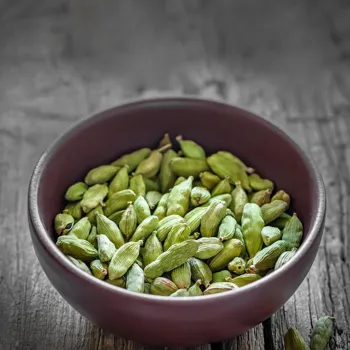
The answer lies in its volatility. Ground cardamom loses its flavor and aroma much faster than whole pods. Protecting the seeds within the pod helps to retain their freshness.
Now you know why the whole cardamoms are used; its aromatic oils and volatile compounds do not escape, and remain as intense and exquisite as possible. When you are ready to cook or prepare, crack open the pod to release the flavor fully.
Saffron: The World's Most Expensive Spice and its Colorful Stigma
Saffron, derived from the Crocus sativus flower, is famed as the world's most expensive spice. Just a tiny pinch can transform any dish with vibrant color and aromatic flavor. What makes it so special?
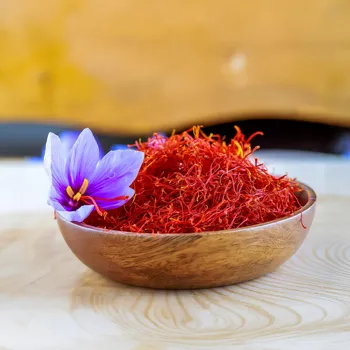
In fact, each flower only produces three stigmas, and everything is done by hand, making production costly. However, saffron offers culinary and health benefits. Studies suggest that saffron has mood-boosting properties.
So, its brilliant color and subtle flavor can elevate both your dish and your spirits.
Asafetida: The Stinky Savior with a Secret Onion-Garlic Power
Asafetida, or hing, may not be the most pleasant-smelling ingredient, but its pungent odor belies its incredible flavor-enhancing capabilities. A tiny pinch of hing can add a distinctive savoriness to dals, curries, and vegetable dishes.
But here's a fun fact: asafetida is often used as a substitute in dishes that traditionally call for onion and garlic. For those who avoid onion and garlic for religious or dietary reasons, hing provides a similar depth of flavor and umami notes.
That is why it is popular in Jain cuisine and other vegetarian traditions in India. It's a great way to add complexity and richness to your dishes.
Mustard Seeds: From Tiny Seeds to Tangy Delights
Mustard seeds, or rai, are tiny powerhouses, packed with flavor and culinary possibilities. From the simple tadka to the complex pickles, mustard seeds are a staple in Indian cuisine. The history of the seed is also more profound than just food.
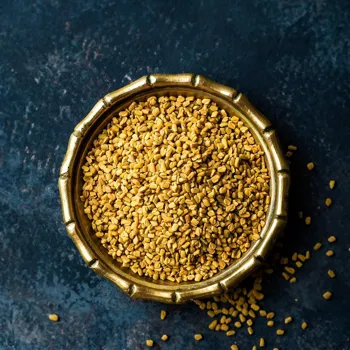
Mustard seeds symbolize protection and prosperity, this is the reason why mustard seeds are used in Indian rituals and traditions for many years. They are thrown over thresholds to ward off evil spirits. They aren't just flavorful; they also hold cultural significance.
Fenugreek: Bitter Leaves with Sweet Benefits and Hidden Hair Secrets
Fenugreek, or methi, is truly a multi-tasking ingredient. Its leaves add a slightly bitter flavor to curries and vegetable dishes. The seeds are treasured for their health benefits. Even though they appear bitter, they are linked to controlling blood sugar levels.
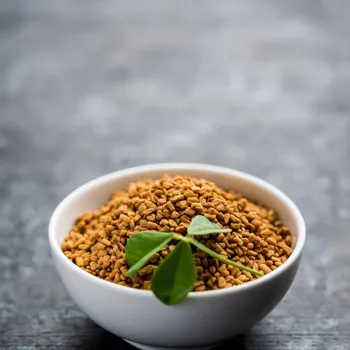
This is also popular in traditional medicine for nursing mothers to promote lactation. Beyond food, fenugreek seeds are used in hair care rituals to promote hair growth and strength.
Cumin: Earthy Spice with Ancient Roots
Cumin, or jeera, is famous for its earthy flavor. Cumin has been discovered in ancient archaeological sites and used for its medicinal properties. It can date as far back as 5000 years ago. Cumin seeds have become an integral part of Indian cuisine.
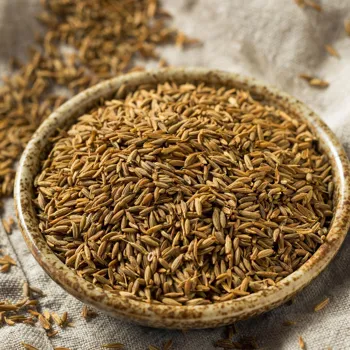
It is also believed to aid digestion and boost immunity. Cumin is a little seed, but it can provide a great amount of flavor.
Tamarind: Tartness with a Tangy Twist
Tamarind, or imli, is prized for its distinctive tanginess. Tamarind's use can be traced as far back as ancient Egypt and India. This makes it an important historical ingredient. It’s a versatile ingredient used in savory dishes and sweets, too.
Tamarind pulp is prized for its digestive qualities, used as a refreshing summer drink.
